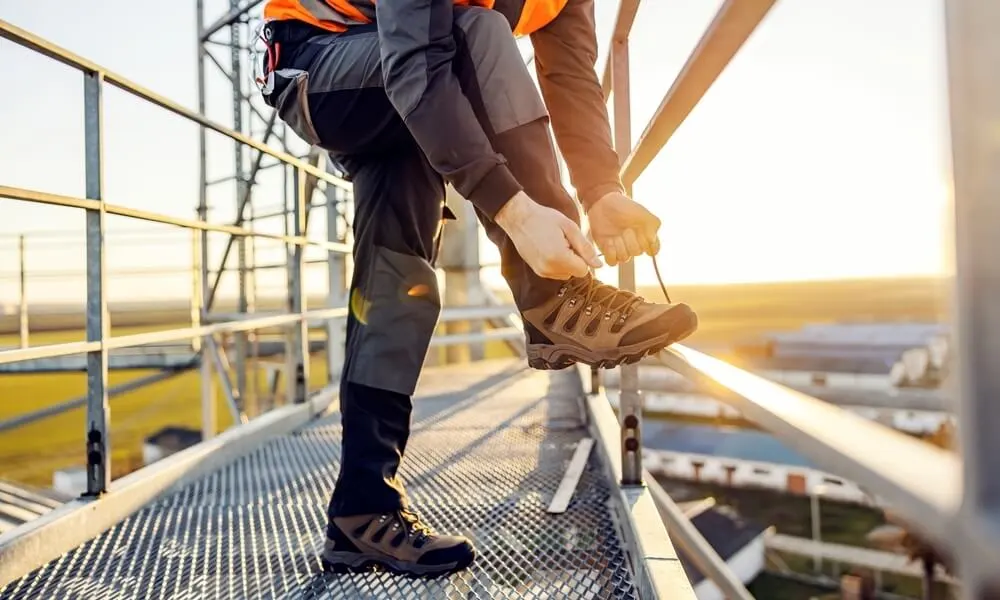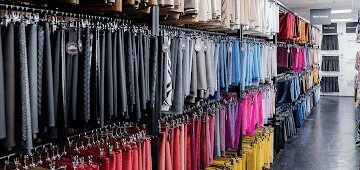One of the most critical aspects of personal protective equipment (PPE) is protective footwear.
Recent data from the Health and Safety Executive (HSE) highlights that slips, trips, and falls continue to be the most common kind of workplace accident, many of which could be mitigated with the proper footwear.
As the UK construction industry continues to grow, the importance of equipping workers with the right site workwear cannot be overstated. This article delves into the key considerations for choosing the right protective footwear for construction sites, ensuring safety and compliance with UK standards.
Understanding Safety Standards and Certifications
When selecting protective footwear, it’s crucial to ensure it meets UK safety standards. The EN ISO 20345 standard specifies the requirements for safety footwear, ensuring protection against a variety of workplace hazards.
Footwear is rated with designations like S1, S2, and S3, each indicating a different level of protection.
- S1 includes anti-static properties and energy absorption in the heel
- S2 designation means anti-static, energy absorption, and water-resistant footwear
- S3 offers additional features such as puncture resistance
Adherence to these standards ensures that the footwear provides adequate protection against common site hazards.
Assessing Workplace Hazards
Understanding the specific hazards present on a construction site is essential in choosing the right footwear. Common risks include heavy falling objects, sharp materials, and slippery surfaces.
Conducting a thorough risk assessment helps identify these hazards and informs the selection of suitable footwear. For example, steel toe caps are crucial for protecting against heavy objects, while puncture-resistant soles are necessary for environments with sharp debris. Additionally, sites with electrical risks require footwear with electrical insulation properties.
Material and Construction of Footwear
Leather, rubber, and synthetic materials each offer distinct advantages. Leather is known for its durability and breathability, making it suitable for various weather conditions. Rubber provides excellent waterproofing and slip resistance, ideal for wet environments. Synthetic materials, often lighter and more flexible, can offer a balance of comfort and protection.
Selecting the right material depends on the specific needs of the site, such as the likelihood of exposure to moisture or sharp objects. Investing in high-quality materials ensures longevity and continued protection.
Fit and Comfort
Ensuring a proper fit is crucial for both safety and comfort. Ill-fitting footwear can lead to blisters, discomfort, and even more severe injuries over time. Workers should measure their feet accurately and consider both the length and width of the footwear.
Features such as cushioned insoles, arch support, and ergonomic designs can enhance comfort, reducing fatigue and the risk of foot-related injuries. Regularly reviewing and updating footwear to match the current size and shape of the feet is also important.
Maintenance and Replacement
Proper maintenance of protective footwear is essential to preserve its protective qualities and extend its lifespan. Regular cleaning and drying help prevent deterioration, while correct storage prevents damage.
Signs that footwear needs replacing include visible wear, such as cracks or holes, loss of protective features like steel toe caps becoming exposed, and increased discomfort.
Keep an eye for more latest news & updates on Discover Tribune!



